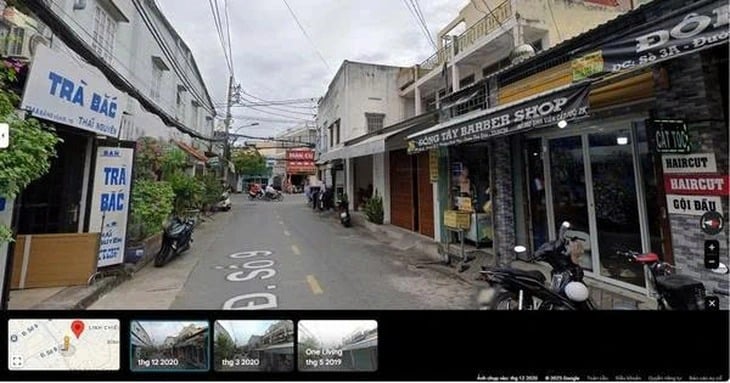
Carelessly sharing images from Street View to "catch the trend" of retrieving memories carries the risk of information leakage - Screenshot
Recently, the trend of rediscovering old memories through Street View images on Google Maps has suddenly become a craze on many social networking platforms.
Scrolling through Facebook and TikTok platforms, many accounts publicly share information about their place of residence, family life, and habits...
Ms. Phan Huyen Trang (residing in Phu Tho province) is the person who shared on social networks pictures of the place where she lived many years ago.
Ms. Trang said this was quite an interesting experience, seeing the area where she used to live with the national highway before it was expanded, the house where she lived with the now changed scenery, "bringing me many emotions".
In fact, street view (Google Street View) is a feature of Google Maps that has been deployed since 2007.
This feature allows users to view locations around the world in 360-degree images, simulating being directly on the street.
Thanks to it, users can also explore landmarks, streets and other locations visually and in detail.
Although it brings many interesting things and attracts a large number of interested people, if users are not careful, this trend will accidentally cause users to reveal personal information without knowing it.
Security expert Vu Ngoc Son - head of technology and international cooperation (National Cyber Security Association) - analyzed: in principle, Google will blur photos with clear identification information to protect privacy.
This is also a mandatory requirement to avoid legal troubles in countries where Google provides 360-degree street photography services.
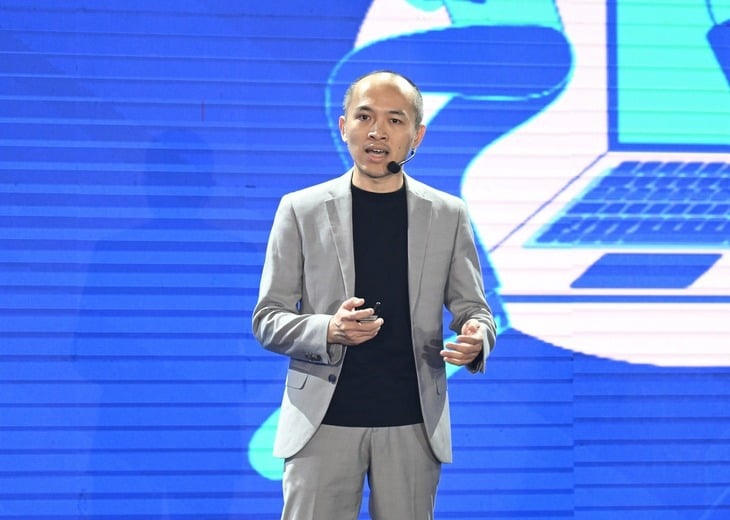
Security expert Vu Ngoc Son, head of technology and international cooperation (National Cyber Security Association) - Photo: HOA BINH
The photos have been collected by Google for many years, either through dedicated camera-equipped vehicles that collect them themselves or by collaborators.
This image collection is done entirely by Google or the collaborators themselves, so it is impossible to have the consent of all those who are directly “involving” the photo unintentionally.
This unintentionally causes sensitive, private images to leak into the frames. Although the algorithms have tried to hide faces or license plates, the shapes and spaces that appear can still be recognized by acquaintances.
Not to mention situations where the algorithm does not fully recognize the face to cover, there may still be faces that are not covered.
Security experts also pointed out another case of exposure, when users proactively post their own images (with blurred faces and license plates) on social networks, the photo will unintentionally create a link between unidentified information (blurred) and identified information of the account owner showing this information.
From there, scammers can research and find information related to the account owner, the characteristics of the area of residence or activities. This information can be used in impersonation, blackmail, and even fraud scenarios.
"Users need to be extremely vigilant with new trends, especially those on the internet. The information you post will always be recorded, analyzed and collected by search engines for personal information. You need to be proactive to prevent such risks of information leakage," Mr. Vu Ngoc Son advised.
In case of detecting photos containing their private information, users can report the incident to Google, circle the area to be blurred and explain the reason, send a request to Google to hide these images.
Source: https://tuoitre.vn/cach-ke-xau-thu-thap-thong-tin-qua-trao-luu-tim-lai-ky-uc-voi-google-maps-20250707194653295.htm



![[Photo] Brilliant red of the exhibition 95 years of the Party Flag lighting the way before the opening](https://vphoto.vietnam.vn/thumb/1200x675/vietnam/resource/IMAGE/2025/8/27/e19d957d17f649648ca14ce6cc4d8dd4)


![[Photo] Many people eagerly await the preliminary review despite heavy rain](https://vphoto.vietnam.vn/thumb/1200x675/vietnam/resource/IMAGE/2025/8/27/4dc782c65c1244b196890448bafa9b69)
![[Photo] Prime Minister Pham Minh Chinh chairs meeting of National Steering Committee on International Integration](https://vphoto.vietnam.vn/thumb/1200x675/vietnam/resource/IMAGE/2025/8/26/9d34a506f9fb42ac90a48179fc89abb3)
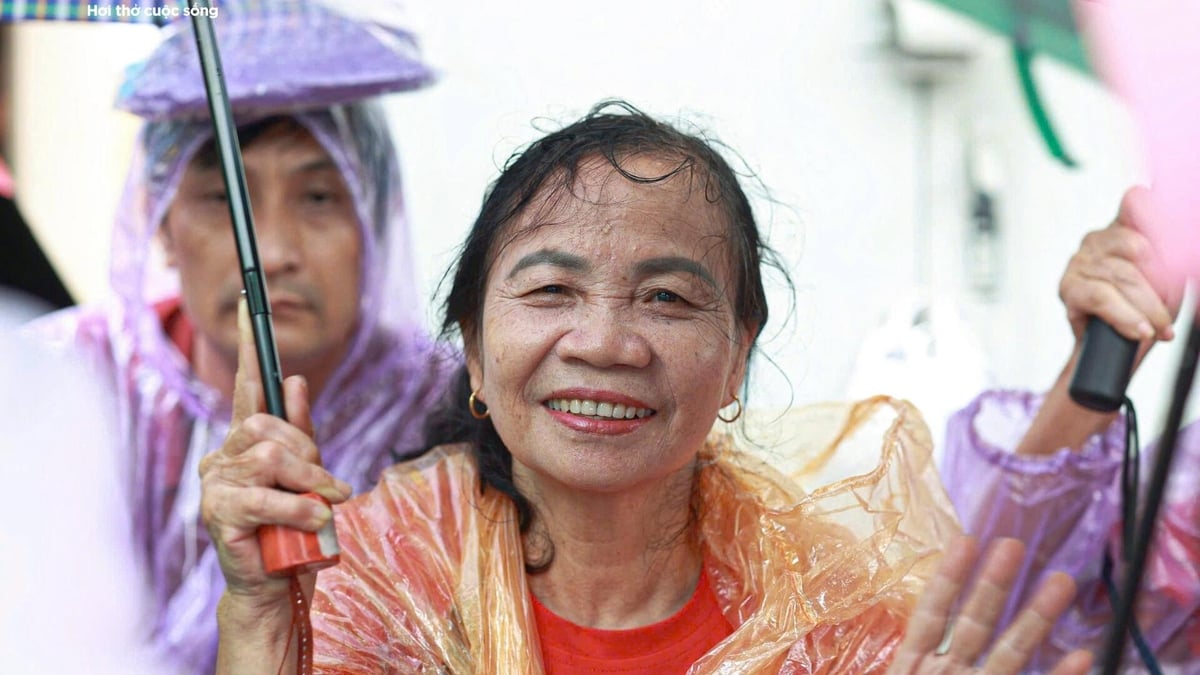
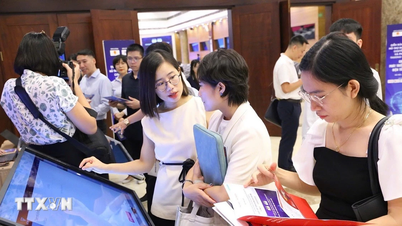



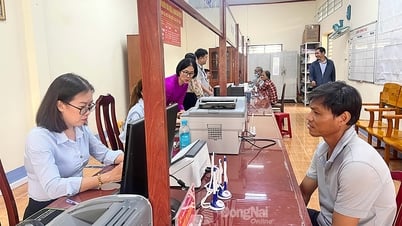








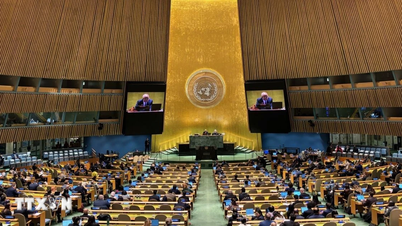




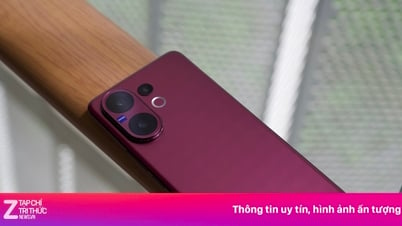








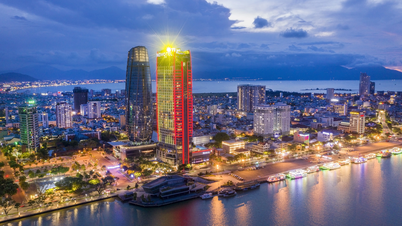

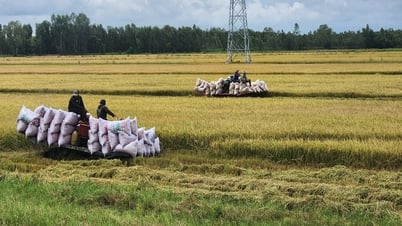
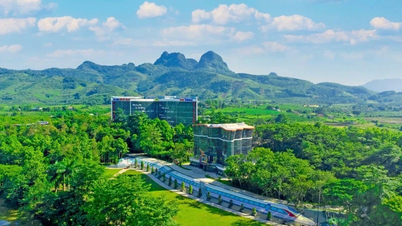

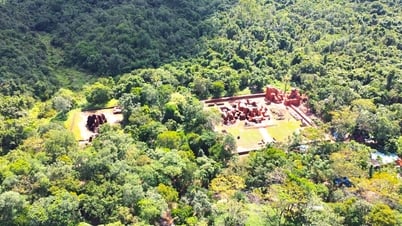

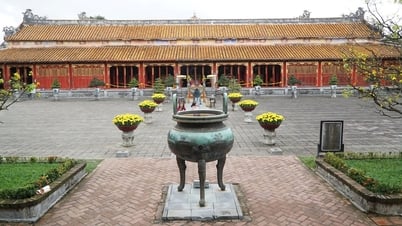

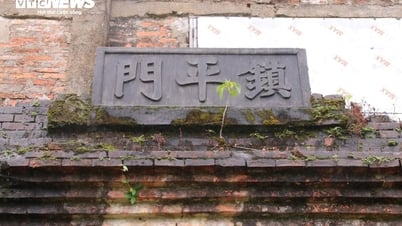


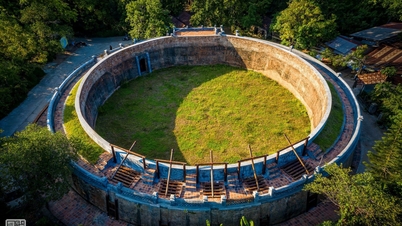



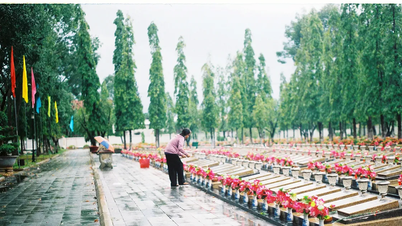
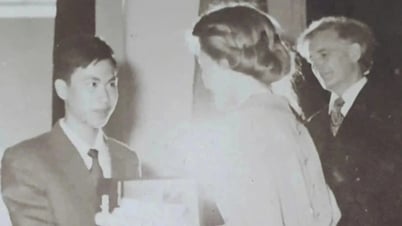












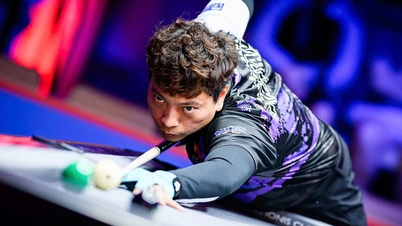
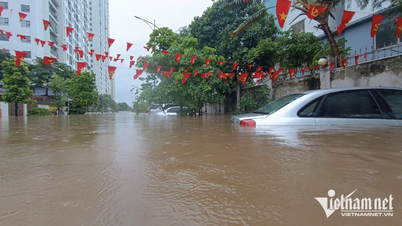
![[Photo] General Secretary To Lam attends Meeting with generations of National Assembly deputies](https://vphoto.vietnam.vn/thumb/402x226/vietnam/resource/IMAGE/2025/8/27/a79fc06e4aa744c9a4b7fa7dfef8a266)


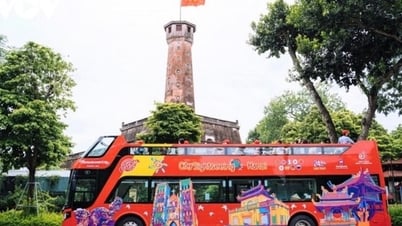

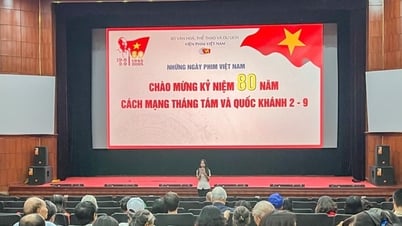












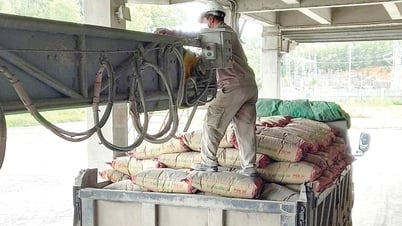













Comment (0)